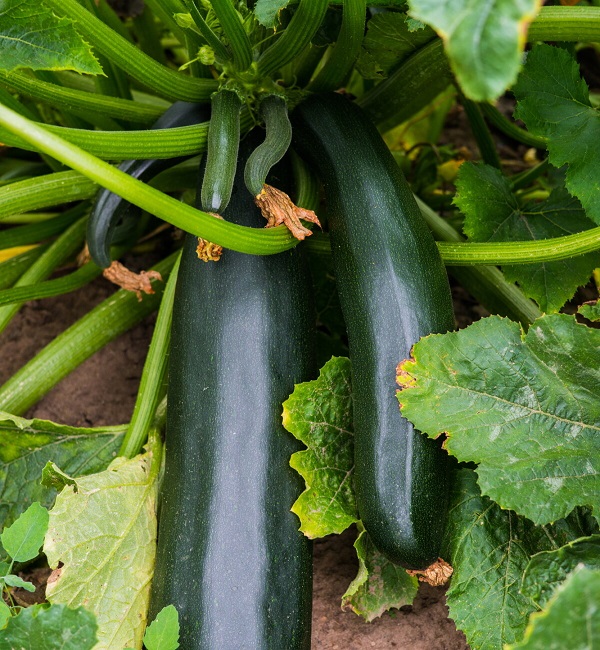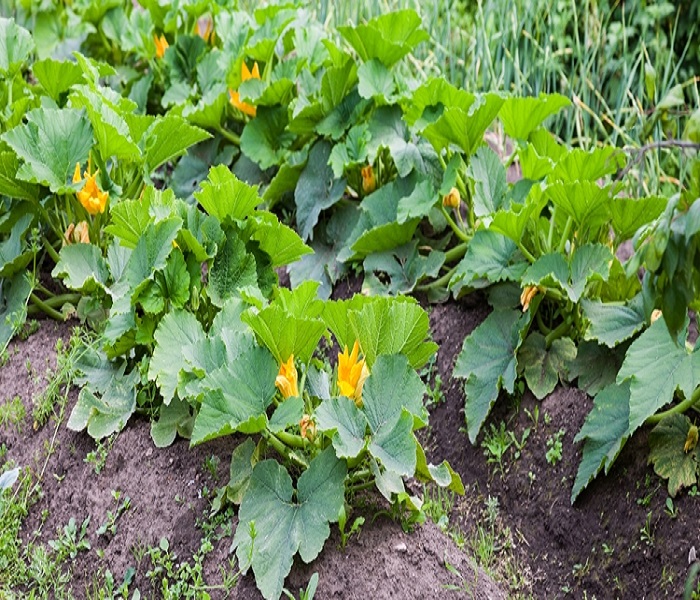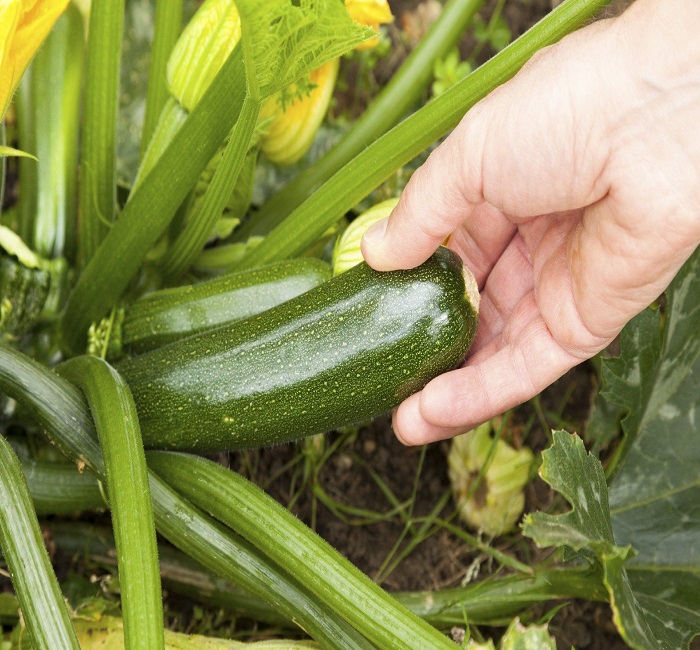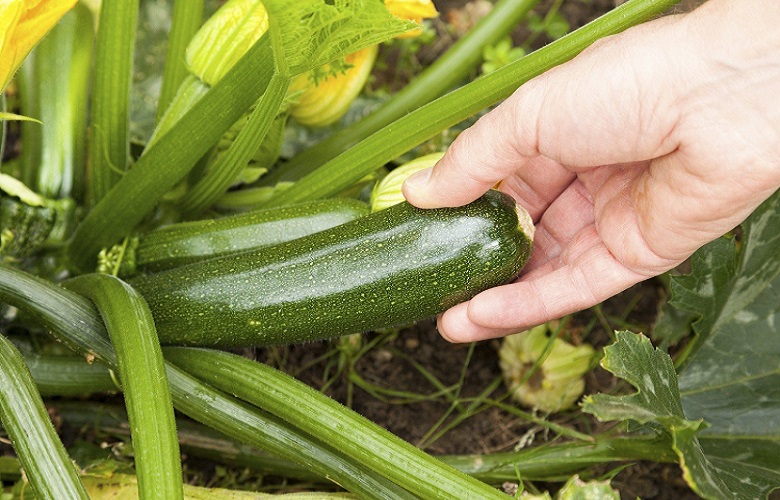It’s possible to have an abundant and delightful harvest of delectable zucchini by following some basic planting, harvesting, and storage instructions.
Backyard gardeners have traditionally relied on zucchini as a reliable source of food. In recent years, however, its popularity has skyrocketed as more and more people discover its nutritious value as a vegetable.
Is it possible to raise an abundance of soft, juicy zucchini? It’s actually a lot easier than you might think, thanks to just three basic planting, growing, and harvesting recommendations.
3 Easy Steps To Growing The Best Zucchini Ever!
Sow Seeds Rather Than Transplant
One of the greatest methods to ensure that your zucchini plants are healthy and productive is to always start them from seed rather than transplanting them.
Zucchini is a seed that can germinate quickly, which is a positive thing. It thrives best when planted in warm, fertile soil. Transplants aren’t necessary because they’ll develop so quickly in these conditions. Transplants are typically overtaken by seeds put in warm soil within weeks of their first planting.
Zucchini plants are less tolerant to transplanting than tomato and pepper plants. Re-establishing the plant’s root system might be a challenge. Roots, on the other hand, are more likely to become root-bound if they stop spreading outward.
Plant your seeds only when the soil has warmed to a temperature of 60 to 65 degrees Fahrenheit. If you’re unsure, use a soil thermometer to check. Just because it’s been warm for a few days doesn’t guarantee your soil will warm up any faster.
Seeds that are sown in cold soil and weather will take longer to germinate than those that are sown in warm soil and weather. Also, they have a high risk of decay and mold.
The Best Zucchini Varieties to Grow
When it comes to zucchini, the old adage “plant the best and you’ll get the best” is especially true. Make sure to choose kinds that have been proven to be flavorful, productive, and resistant to disease.
Remember, too, that there are a variety of options to choose from. In terms of softness, Black Beauty is one of the best crops to grow. It is an early producer, with a 50-day seed-to-harvest time span.
Dark green skin and soft flesh distinguish this venerable old favourite, which has been around since the early 1900s. Especially when selected early, Black Beauty’s flesh has a strong texture and a delicious flavor.
Baby Round and Eight Ball variants are great for stuffing zucchini or if you’re looking for a novel variety to cultivate. For stuffing and filling, these softball-shaped fruits are a perfect choice!

How to Plant for Success!
Success begins with a fantastic zucchini variety, but how you plant that variety can make a tremendous difference in the flavor, texture, and amount of the fruit it produces, even if you start with that variety.
There are a few things you’ll want to keep in mind when growing zucchini. In addition to these three basic factors, the height of your plantings and the amount of mulch you use can have a significant impact.
Do not plant zucchini in flat garden soil; instead, place it on a slightly elevated mound of soil. The little mounds are crucial in preventing water accumulation on the main zucchini stems. When this occurs, the plant is probably doomed.
The main stem of the zucchini plant does not like to sit in water, despite the fact that it needs a lot of it (1 to 2 inches of rainfall or hand watering per week).
In mounds that are about 6 to 8 inches high, plant seeds about 1 inch deep. The diameter of the mounds should be between 12 and 15 inches. Once the seeds have sprouted, thin the hill to the strongest single plant. Using a mound, the main stem will be protected from the elements.
Mulch is an important final step to a successful planting. Straw laid on top of the soil for three to four inches can help keep out competing weeds and shield the developing fruit.
The straw serves as a barrier between the zucchini fruit’s skin and the bare or moist soil. With either, blemishes and even decay can occur on the fruit.

Harvest Early!
It all comes down to harvesting your zucchini at the proper moment if you want great flavor!
When it comes to cultivating sensitive zucchini, the most important secret is knowing when and how to harvest your yield. When it comes to softness and flavor, timing is everything. When it comes to determining how long your zucchini will last after you select it, the method matters!
First, let’s discuss about harvesting times. Early and frequent harvesting are essential in this case! You can go from an extremely firm and sensitive fruit to an enormous, woody, seed-filled monster in just two days by overcooking zucchini.
Zucchini is one of the most common blunders made by gardeners when harvesting the fruit. Zucchini should be harvested when it grows no longer than 6 to 8 inches long for optimal flavor and softness.
In lengths this short, zucchini’s seed core is still a manageable size. As a result, the fruit’s flesh is rich and flavorful, making it ideal for a wide range of culinary applications.
Harvesting Tips – Don’t Twist, Just Cut!
Last but not least, don’t pick your zucchini with your hands; instead, use a knife. In spite of the fact that this is a common practice, gardening experts advise against it.
You can avoid damaging the fruit or other branches by clipping the fruit back, and this is especially crucial if you want to avoid snapping other branches. In addition, you can prevent the plant’s other blossoms from falling off, preserving your bounty for longer.


